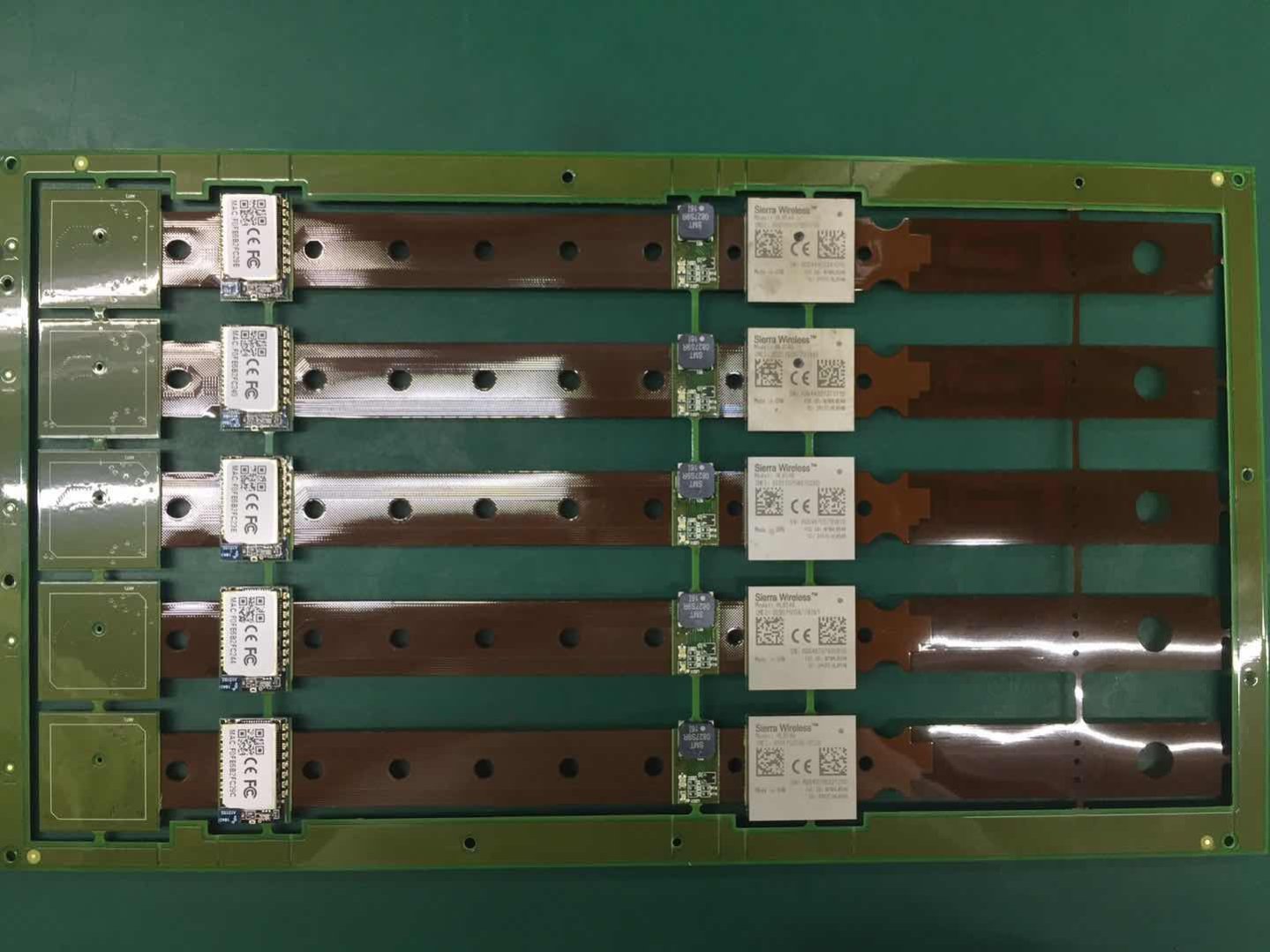3M is developing a lighting technology called "virtual LED ." This technology uses a precision-designed 3M reflective coating that provides a wide range of illumination with a low-energy LED bulb. Some commentators believe that this technology has the potential to trigger a revolution in indoor lighting technology.
The "virtual LED" technology developed by 3M and designer Todd Bracher uses only one LED bulb to illuminate a large area by illuminating a series of fixed reflectors. These reflectors use a special 3M film that reflects more than 98% of incident light.
In addition, 3M has specially designed directional reflection to reflect light from one reflector to another. Thus, in the case of only one hidden light source, the user appears to be the series of light-emitting of these reflectors.
"Virtual LED" lighting effect
Of course, a single LED produces limited light energy, so it can't be used to provide enough illumination for the entire room to perform delicate surgery, but the advantage is that with only a handful of LED bulbs, with these reflectors covering the walls, we Awesome amounts of light can be delivered with minimal energy consumption.
Todd Bracher is currently working on the project, and the engineering team's top priority is to reduce the cost of coating. This technology is expected to be put into mass production in a few years, and it is hopeful to change our indoor lighting .
Surface-mount technology (SMT) is a method for producing electronic circuits in which the components are mounted or placed directly onto the surface of printed circuit boards (PCBs). An electronic device so made is called a surface-mount device (SMD). In industry, it has largely replaced the through-hole technology construction method of fitting components with wire leads into holes in the Circuit Board. Both technologies can be used on the same board, with the through-hole technology used for components not suitable for surface mounting such as large transformers and heat-sinked power semiconductors.
By employing SMT, the production process speeds up, but the risk of defects also increase due to the components miniaturization and denser packing of boards. In those conditions, detection of failures has become critical for any SMT manufacturing process.[1]
An SMT component is usually smaller than its through-hole counterpart because it has either smaller leads or no leads at all. It may have short pins or leads of various styles, flat contacts, a matrix of solder balls (BGAs), or terminations on the body of the component.

Surface Mount Technology,Surface Mount,Surface Mount Assembly,Surface Mounting Technology
Orilind Limited Company , https://www.orilind.com